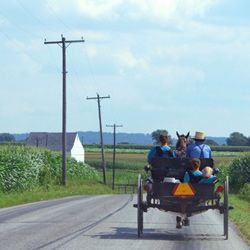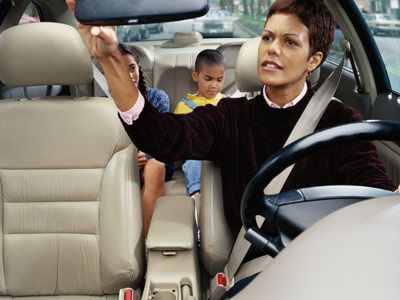There is something timeless and romantic about driving in your car with your favorite song blaring through the speakers. Everyone who has ever slid behind the wheel of a car has experienced this sensation in some way. But just as cars have changed throughout the last century, so has the way you listen to your favorite song in your vehicle.
Every time a new way to listen to music or some other form of entertainment programming comes around, engineers find a way to put it in your vehicle. AM radios became a common fixture in cars and trucks starting in the 1930s. Chrysler even experimented with in-car phonographs in the 1950s and 60s. They didn't work particularly well, as bumpy roads meant lots of skipping [source: UAW-Chrysler]. FM radios soon became standard by the Muscle Car era, and eight-track tapes joined them after that. By the 1980s, those were replaced by cassette players, but even those were obsolete by the '90s with the advent of compact discs.
Advertisement
Today, CDs are still the preferred medium on most cars, but that's beginning to change. Many models offer inputs for MP3 players, allowing the driver to play their iPods in their cars. Some cars even have internal hard drives so owners can upload their own music digitally, turning the car into a sort of iPod on wheels!
While manufacturer-installed car stereo systems have advanced over the years to offer several innovative features, for some people, these factory systems simply aren't enough. That's why there's a wide array of aftermarket products available today -- from car speakers to subwoofers, navigation systems to DVD players and amplifiers to iPod adapters -- so that drivers can build their own custom car entertainment system.
In this article, we'll show you how to make your car into the theater on wheels you've always wanted it to be, and discuss the costs and risks involved in doing so.



